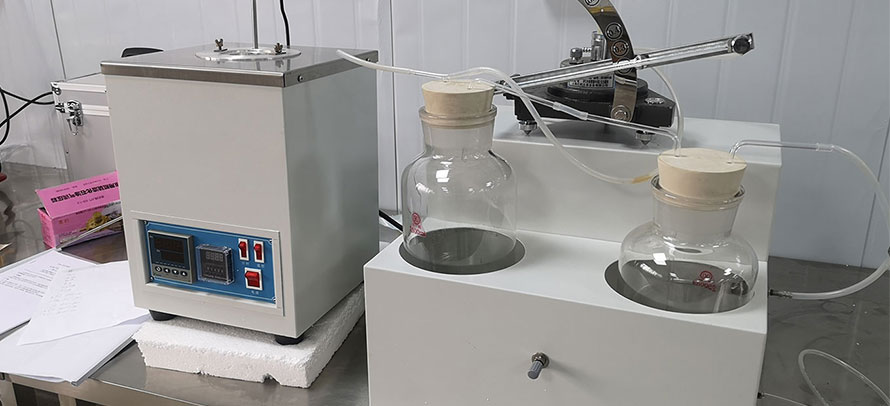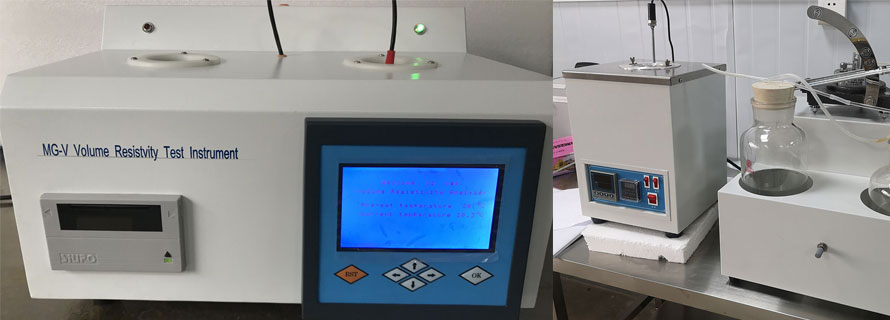14. Report
14.1 Report the source, type, and identification of the material tested, plus the date tested.
14.2 Report the result of the test (see 13.3) and the number of capillary scans. Refer to this test method and report any deviation, by agreement or otherwise, from the procedure specified.
14.3 Record the capillary tube identification.
14.4 The report form given in Appendix X3 can be used for standard and non-standard tests.
15. Precision and Bias
15.1 The precision of this test method, as determined by statistical analyses of interlaboratory results, is as follows:
15.1.1 Repeatability - The difference between two test results obtained by the same operator with the same apparatus under constant operating conditions, on identical test material would, in the long run, in the normal and correct operation of the test method, exceed the following only in one case in twenty.

where:
x = average of results being compared.
15.1.2 Reproducibility - The difference between two single and independent results obtained by different operators working in different laboratories on identical test material would, in the long run, in the normal correct operation of the test method, exceed the following only in one case in twenty.

where:
x = average of results being compared.
15.1.3 The precision applies only to HiReTS Peak numbers up to 200 and to HiReTS Total numbers up to 1900, higher results can be measured but the precision may not apply.
15.1.4 Bias - This test method has no bias because the result of the test is defined only in the terms of this test method.
16. Keywords
16.1 capillary; deposits; lacquers; Reynolds number; thermal stability; turbine fuel; turbulent flow

